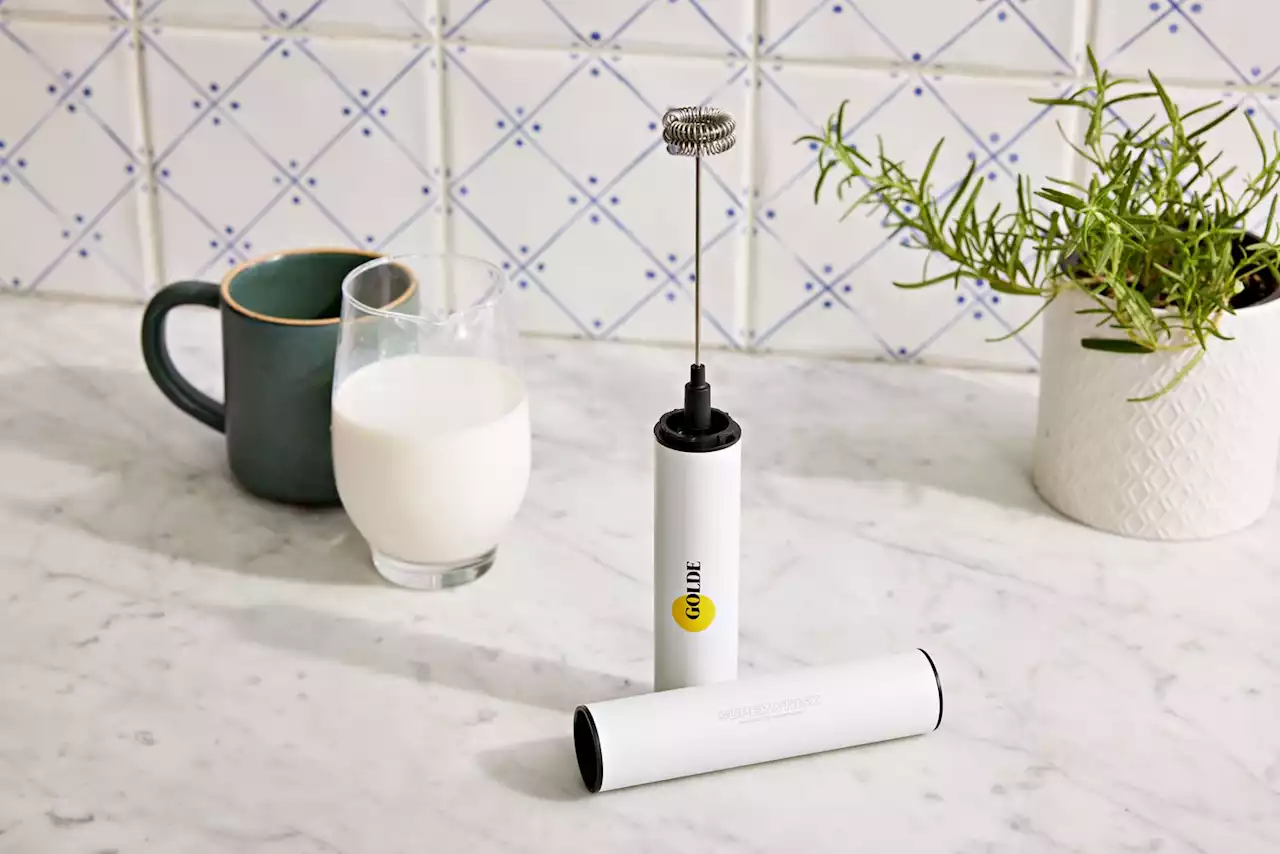Including manual, handheld, and countertop models.
was the best-designed handheld frother I used. Most of the handheld machines performed similarly, so I looked at how each of them were built, and what I liked about the Superwhisk was that it can be easily taken apart for cleaning. It's also rechargeable, comes with a USB cord, and has a lid that makes it easier to store in a drawer or throw it into your backpack or suitcase for travel.
“What makes milk proteins unique,” he continues, “is that they are highly soluble in water and they are surface active.” Nonfat milk is the easiest milk to foam with and it’s very stable, but the foam it produces can become very stiff, almost "crunchy," if you introduce too much air into it. Whole milk, which is usually between 3-4% milk fats, is considered ideal for foam that is silky and smooth, like what you’re used to seeing in a cafe. And while I did test heavy whipping cream , it won't expand and get frothy like we see in a latte—it'll make whipped cream instead.
Dr. Huppertz says, “What’s really happening is that they’re using these high-speed mixers. Air gets whipped into the milk, and the protein stabilizes the milk. Because of the very high agitation, it can also create very fine air bubbles, so you can get quite a nice foam.” A slower speed can create bigger, less delicate bubbles, Dr. Huppertz notes.
Automatic frothers offered a different range of functions, so I separated them from handheld frothers and evaluated frothers in two groups. Most of the handheld frothers had very similar designs and rely heavily on technique , so I put extra weight on design and usability for this group of frothers.Ah yes, the age old question: What is the difference between a latte and a cappuccino?
